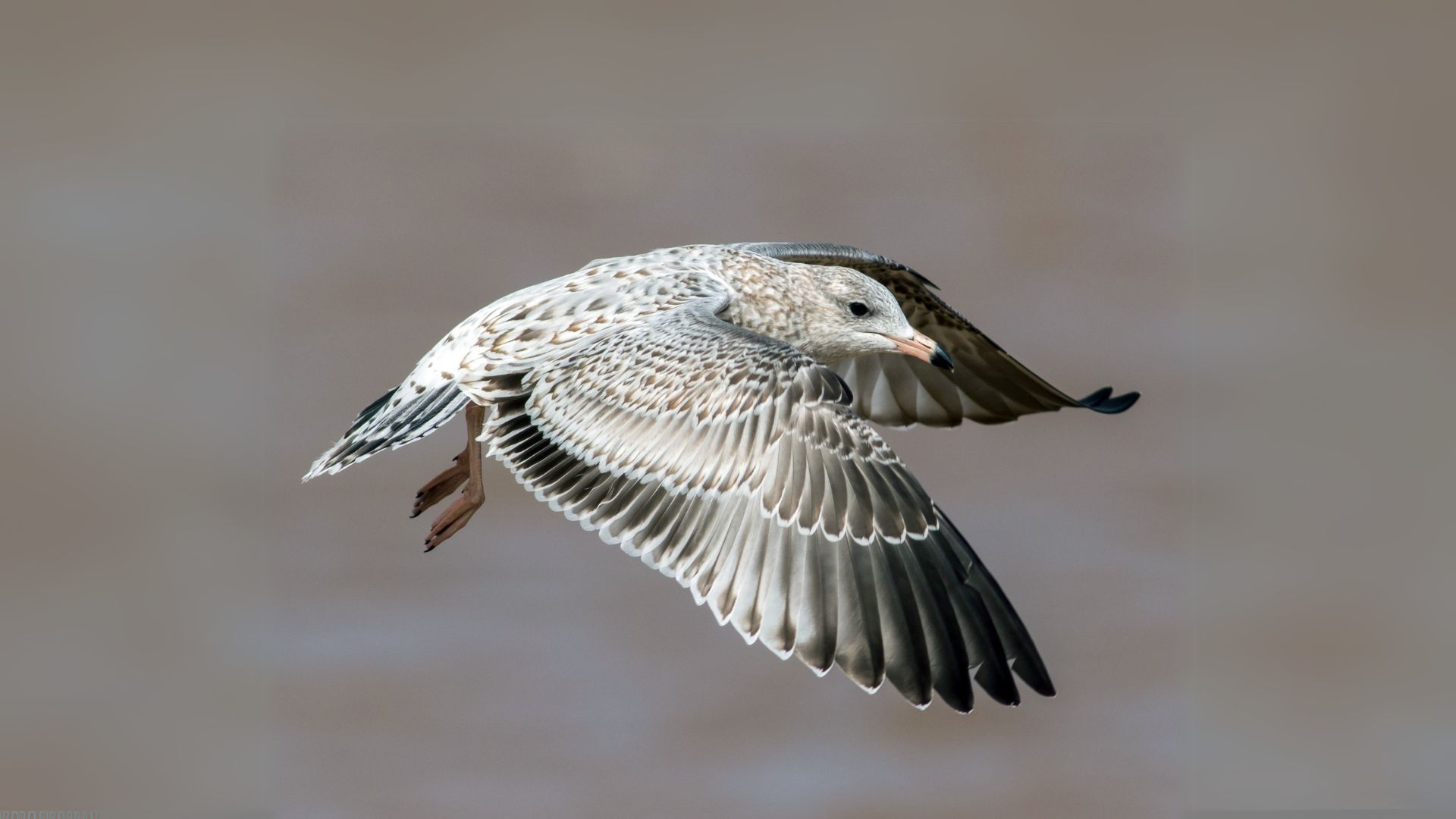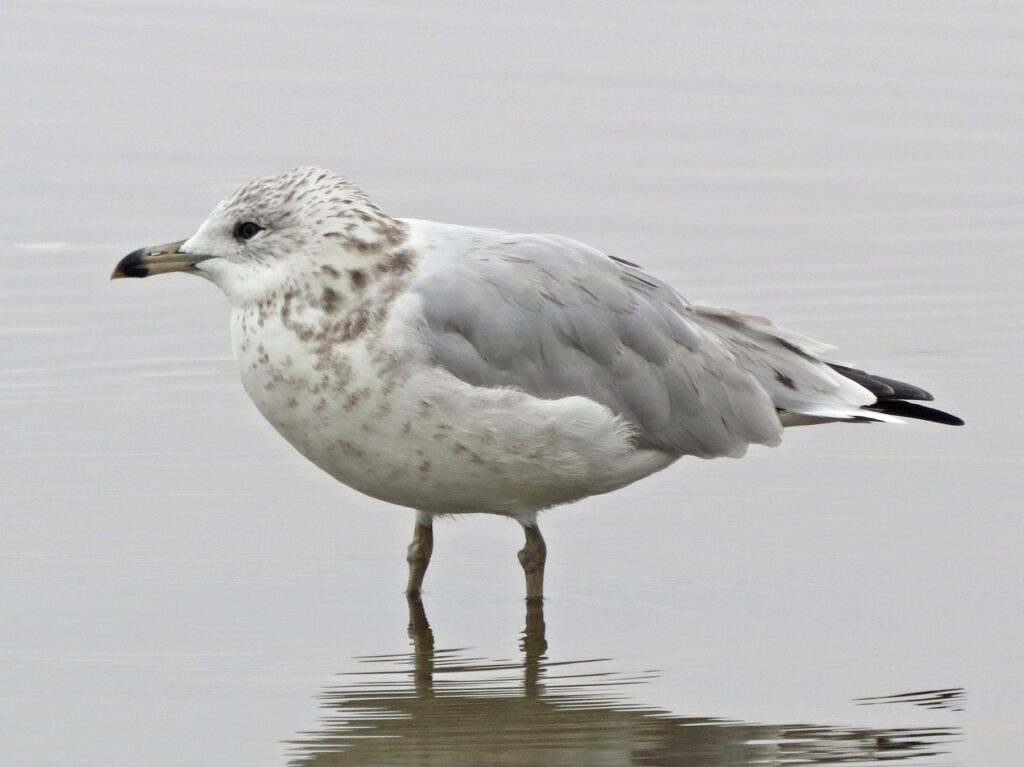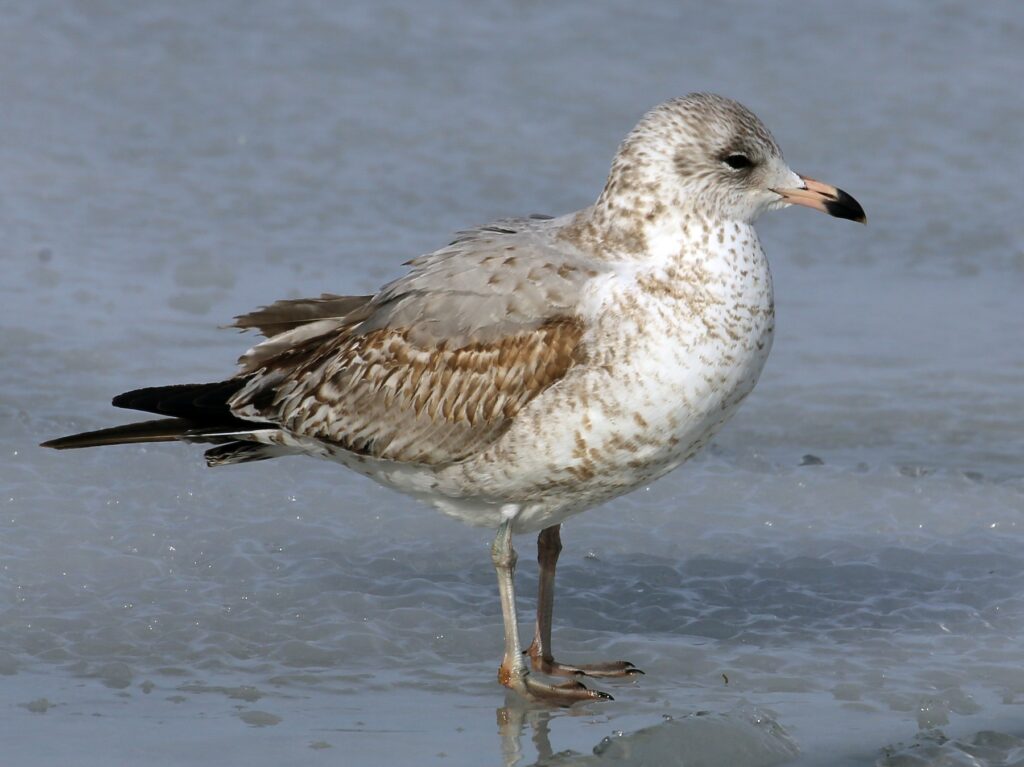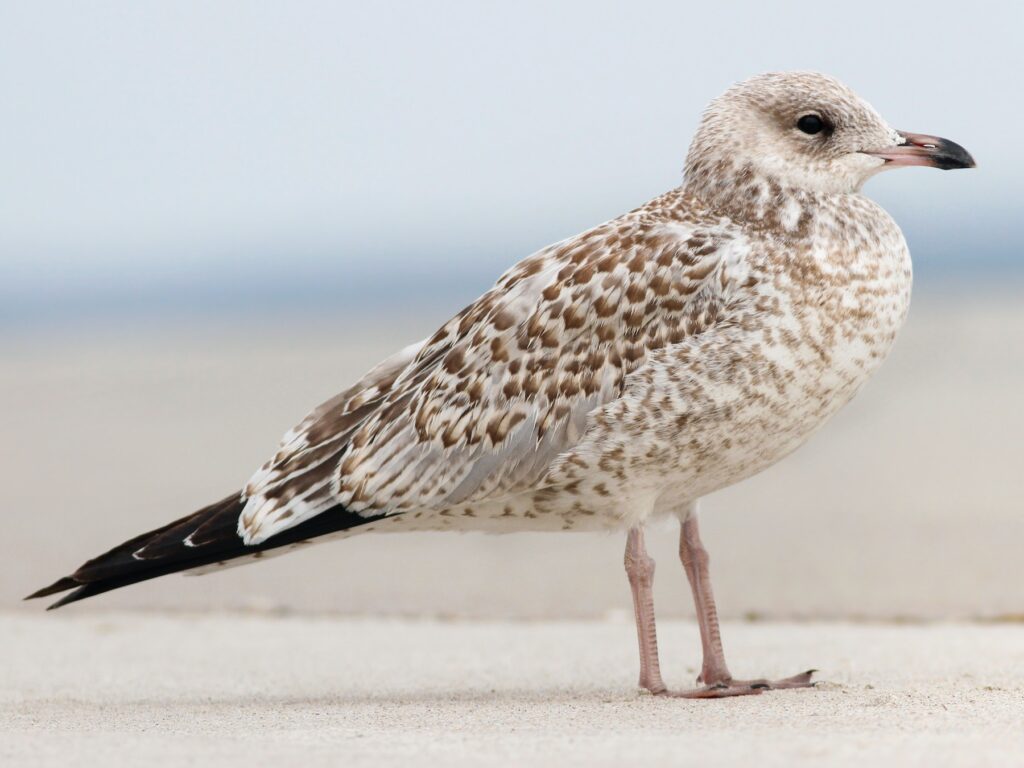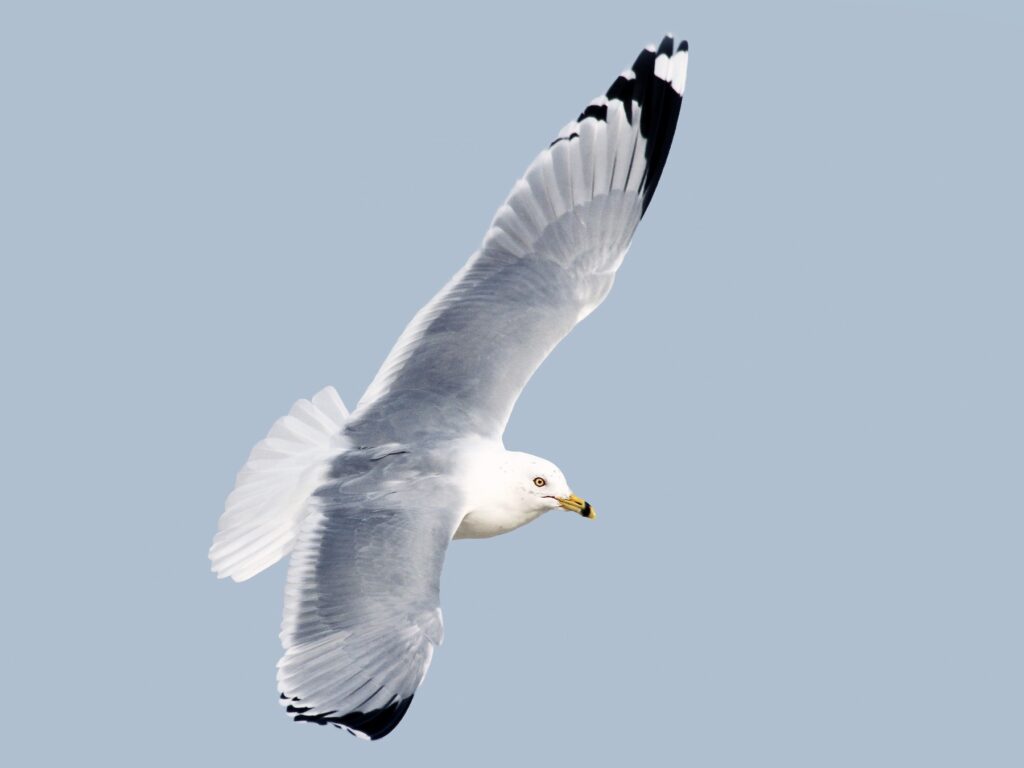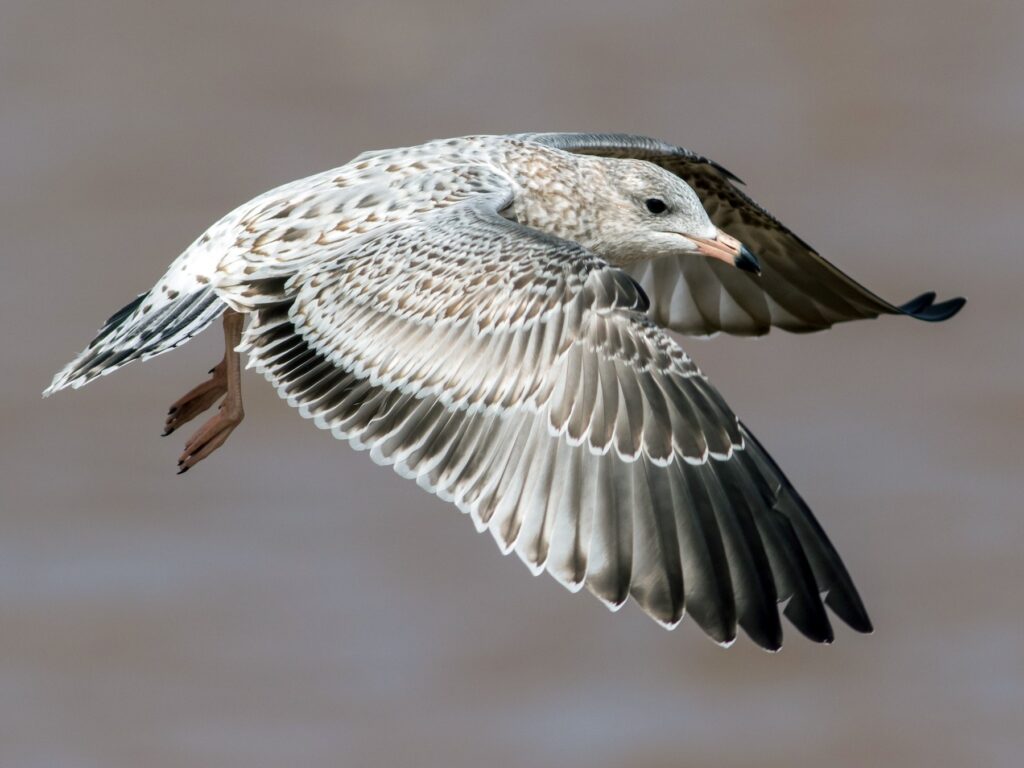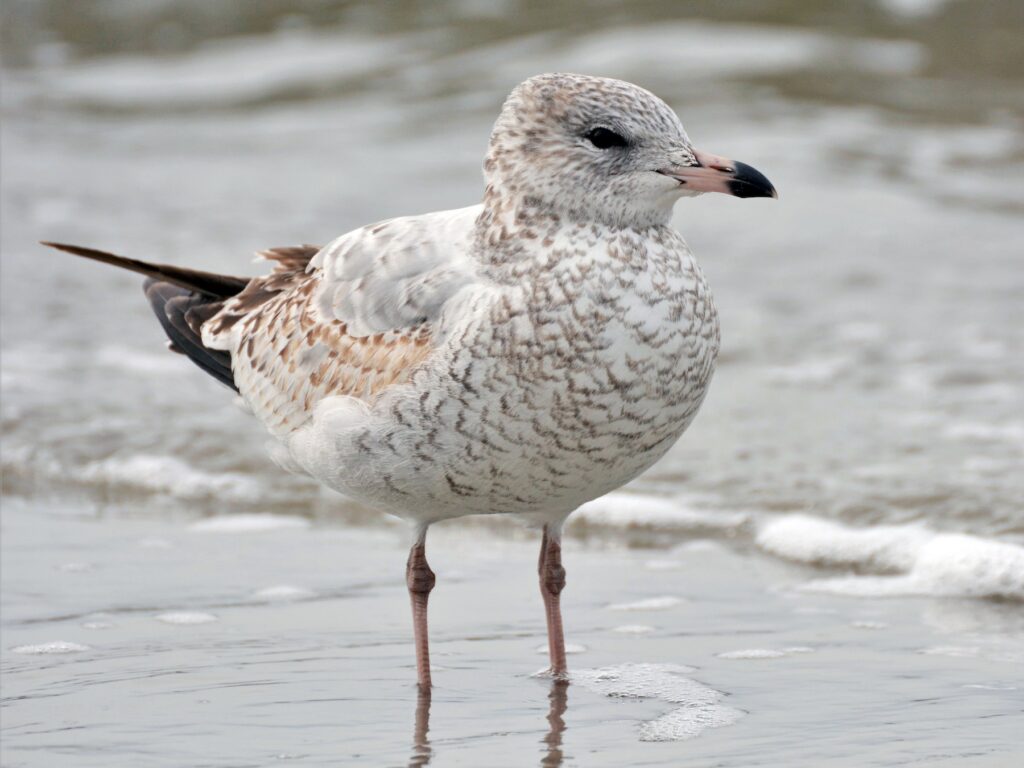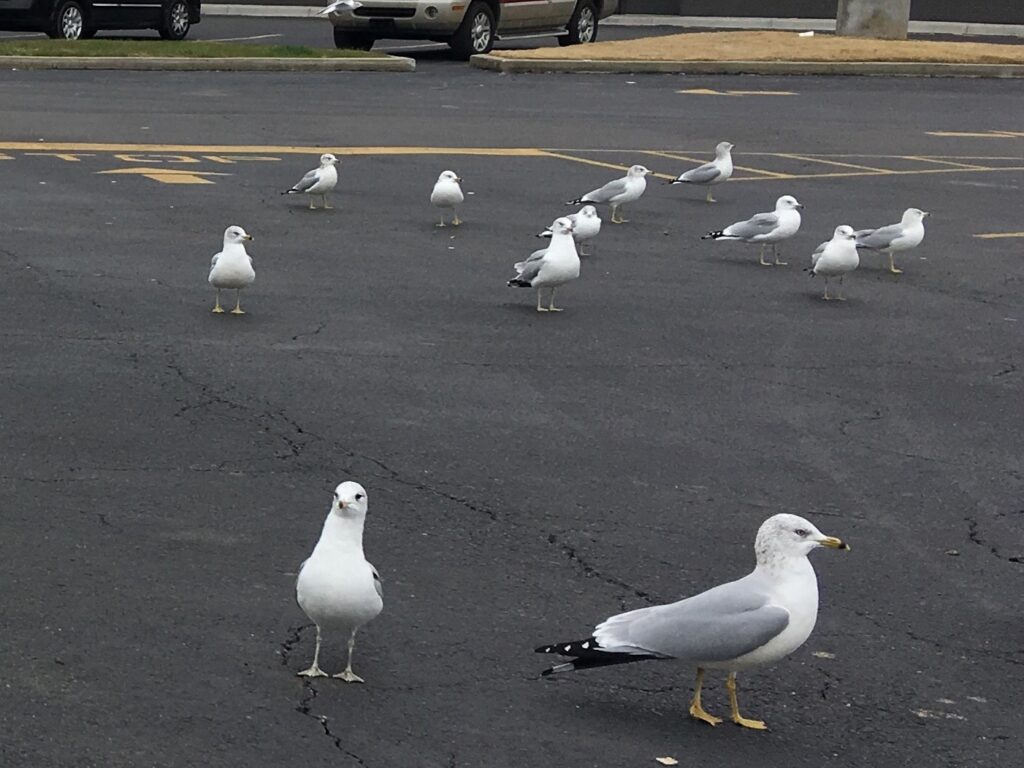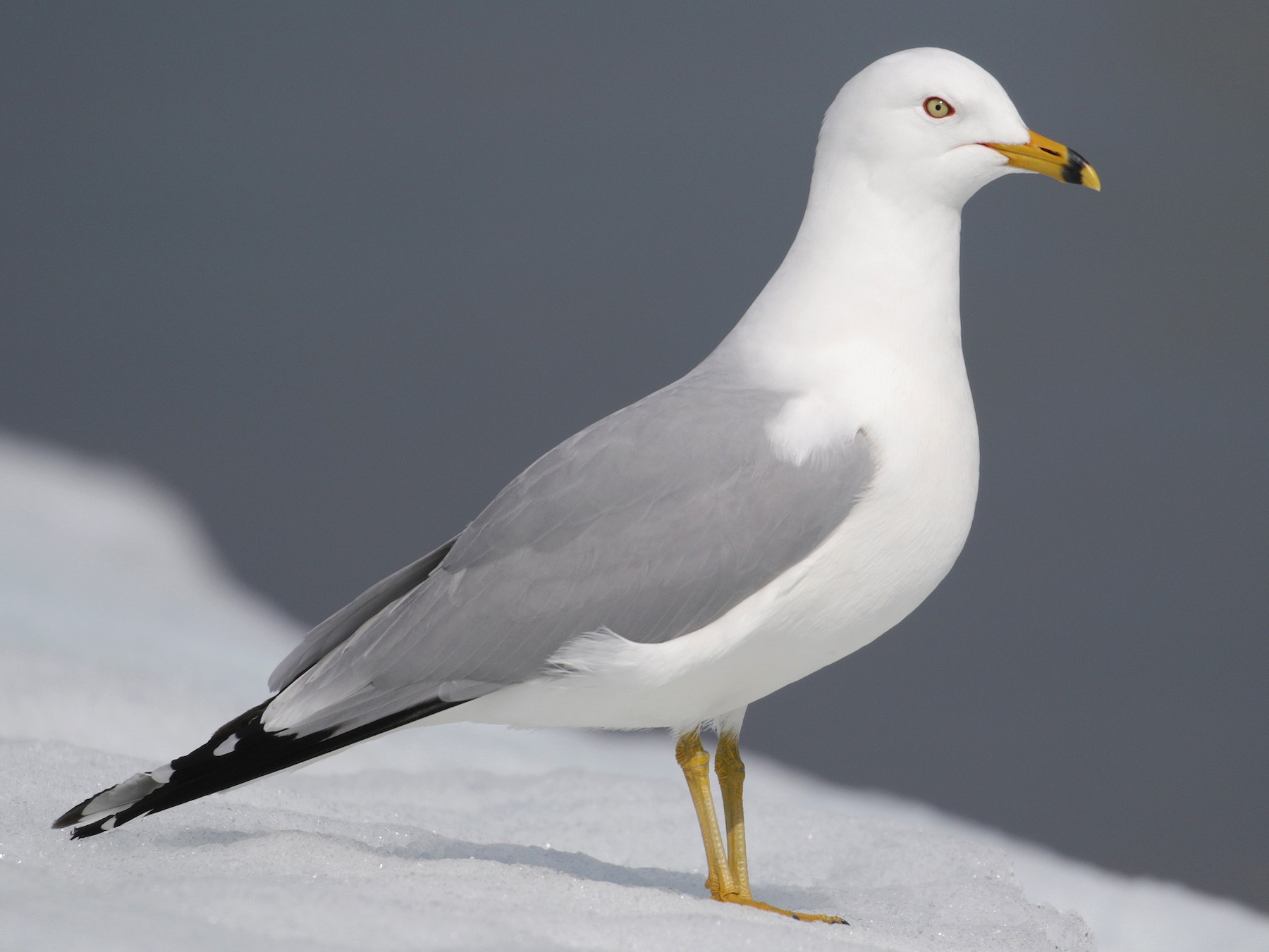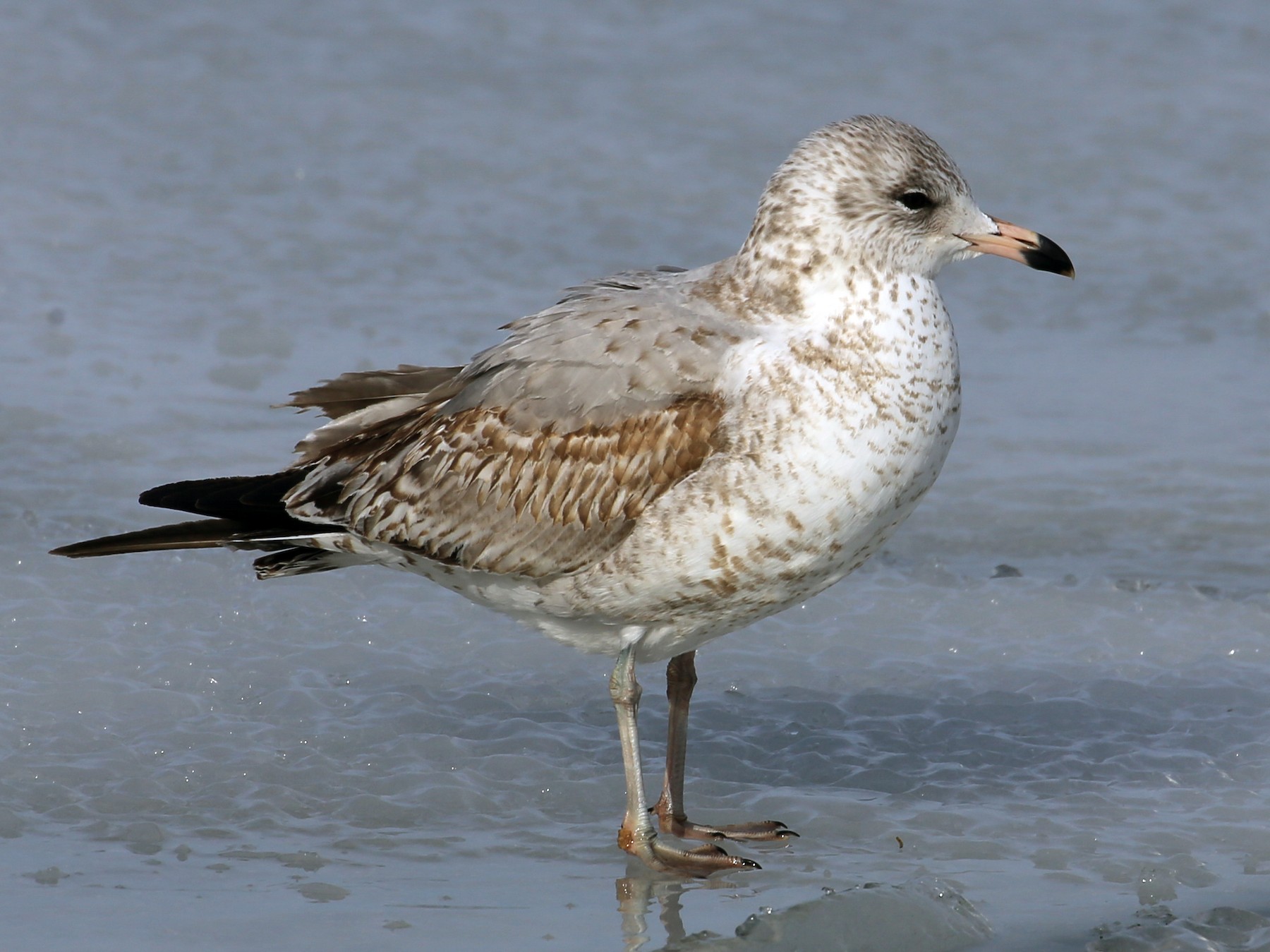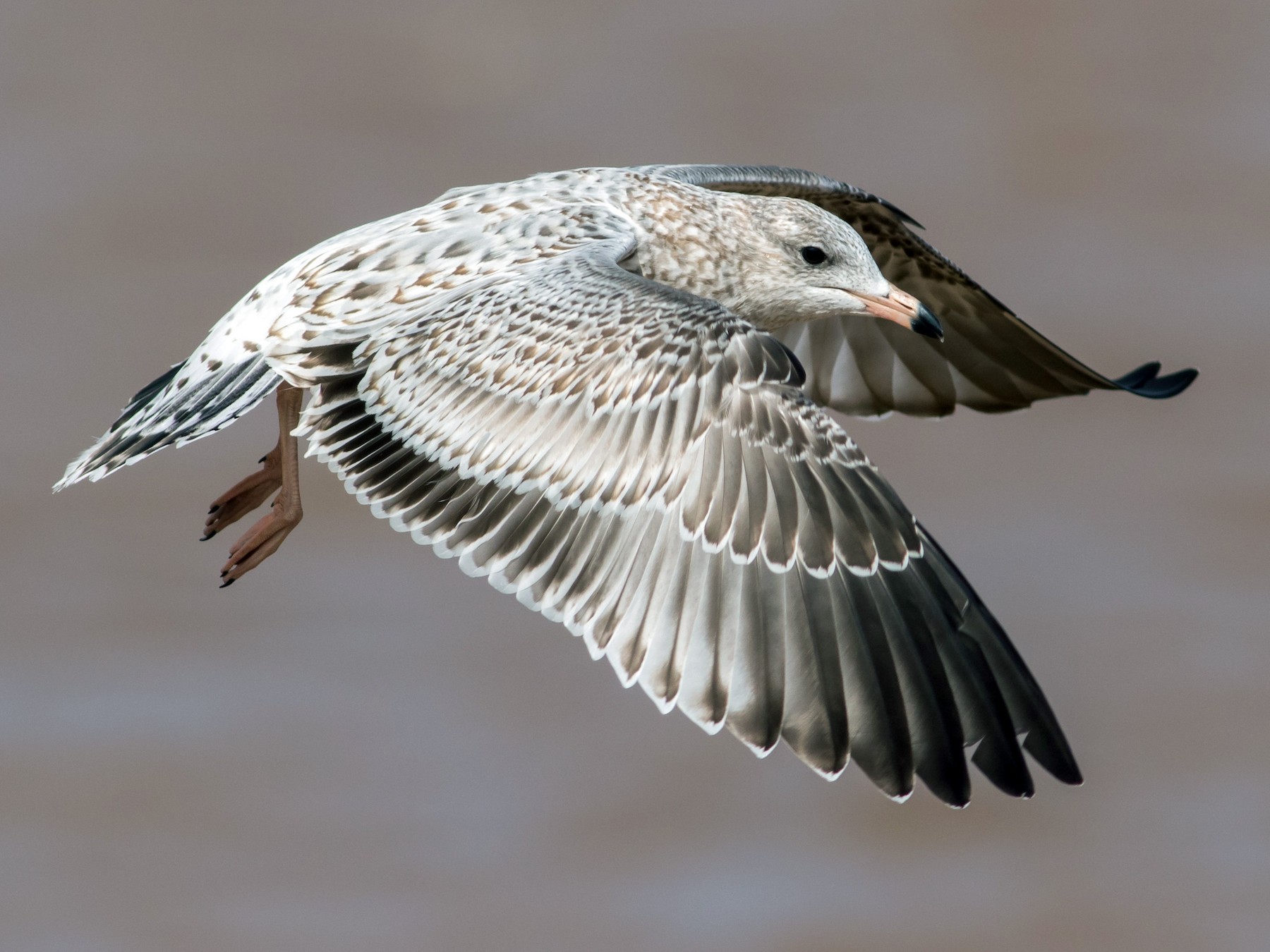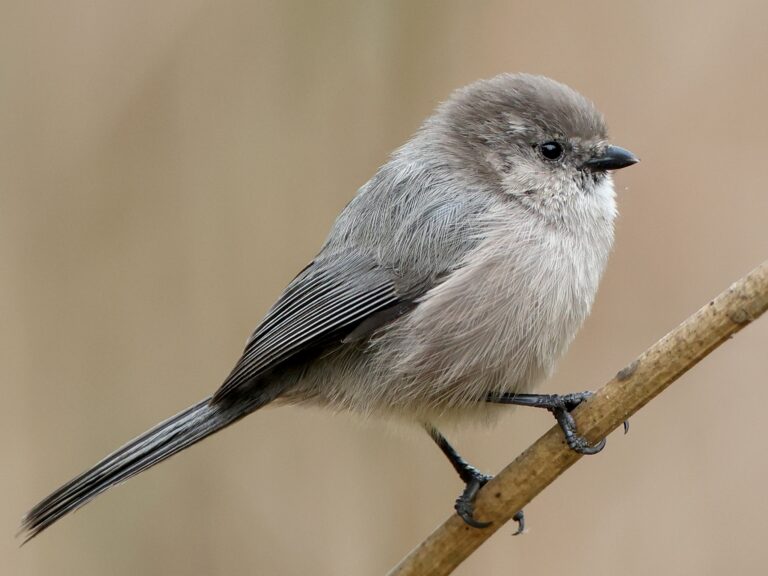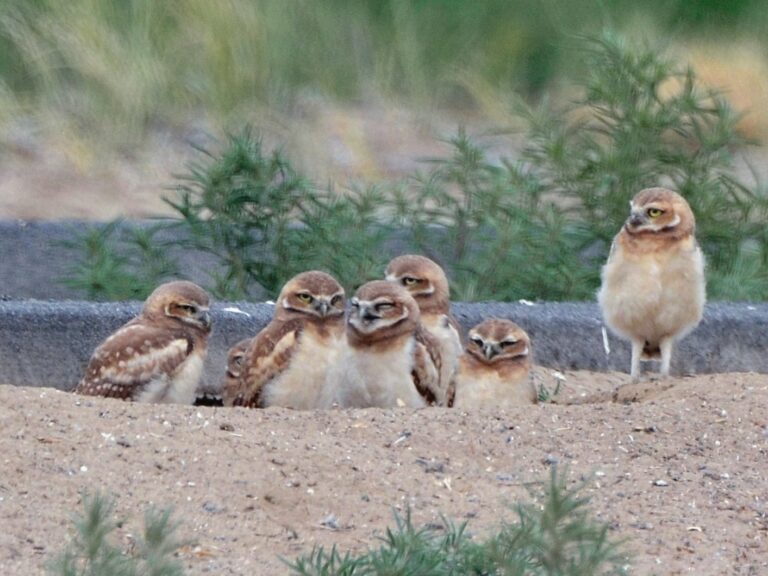Ring-billed Gull: The Fascinating Adaptability of North America’s Coastal Bird
The Ring-billed Gull, or Larus delawarensis, pops up almost everywhere across North America. This bird seems to thrive just as easily in a city parking lot as on a windswept beach, which says a lot about its adaptability.
Its trademark? That neat black ring circling its yellow bill—pretty hard to miss when you’re bird-watching. You’ll often spot them near lakes, rivers, or coastlines, busy with all sorts of feeding antics.
They’re not picky eaters, either. These gulls scavenge, snatch, and sometimes even nest in noisy colonies, especially close to people.
It’s not rare to see them weaving through city life, leading to a mix of amusing encounters and, yeah, the occasional conflict.
Key Takeaways
- Ring-billed Gulls stand out thanks to the black ring around their bills.
- They’re pros at urban living and have a knack for scavenging.
- Getting to know their habits can help us get along better with them.
Taxonomy and Classification
The Ring-billed Gull holds a solid spot in the gull family, thanks to its unique look and curious behaviors. Let’s get into its scientific identity and how it relates to its gull cousins.
Scientific Name and Nomenclature
Scientists call the Ring-billed Gull Larus delawarensis. That “delawarensis” bit? It points to the Delaware River, where folks first described the species.
This bird belongs to the order Aves—so, all birds—and slots into the Laridae family with the rest of the gulls. Adults usually show off a black ring on the bill and yellowish legs. For a deeper dive, check out this resource on Larus taxonomy.
Relation to Other Gulls
Ring-billed Gulls share a family tree with species like the California Gull (Larus californicus). They often cross paths in similar habitats and seem to have matching tastes when it comes to food.
It’s not unusual to see both species hanging around city spots—especially where there’s easy food, like outside fast-food joints. Curious about how gulls stack up against each other? Studies on gull ecology dig into those details.
Physical Description and Identification
Spotting a Ring-billed Gull isn’t too tricky, especially once you know what to look for. Both adults and juveniles have their own style, and their features—like that bill and those legs—help set them apart.
Adult and Juvenile Features
Adults look pretty sharp: white head and body, gray wings, and that yellow bill with the black ring. Juveniles, though, start out with a mottled brown look, which helps them blend in and dodge predators.
Over about three years, their feathers slowly shift from brown and gray to the crisp adult coloring. It’s a gradual glow-up, honestly.
Bill, Legs, and Distinguishing Marks
The bill’s a real giveaway. It’s medium-sized, slim, and yellow with a black ring—unique to adults. Their legs usually show a greenish-yellow tint, and that adds to their distinct vibe.
Look for a white head and gray wings with black tips on adults. These little details make it easier to pick them out in a crowd, especially when you’re surrounded by a jumble of gulls.
Plumage Across Seasons
Their feathers change with the seasons. In winter, adults look a bit duller—think dirtier whites and grays as they molt. Juveniles keep their brownish speckles through their first cold season, then start lightening up.
Come spring and summer, adults brighten up again with fresh white plumage. Birders and scientists pay close attention to these seasonal shifts, since it helps with ID-ing them in different places.
Voice and Behavior
Ring-billed Gulls aren’t exactly quiet. Their sharp ‘kyaa’ call rings out during nesting and whenever they get territorial, helping them keep order in the flock.
You’ll spot them foraging in parking lots or near water, looking totally at home whether they’re in the city or out in the wild. They scavenge, snatch, and sometimes hunt—whatever works. If you want to listen in or learn more, here’s a link to bird calls and gull behavior.
Distribution and Habitat
Ring-billed Gulls really get around. Their range stretches all over North America, and they seem to make themselves at home just about anywhere people or water can be found.
Range in North America
They mostly breed in Canada and parts of the northern U.S., from Ontario over to the Great Plains. When migration hits, they’ll head as far as Mexico and the Caribbean.
Big flocks show up in cities like Chicago and along the California coast. Their knack for adapting keeps them thriving in all sorts of climates.
Preferred Habitats
These gulls bounce between natural spots and human-made hangouts. They love lakes, rivers, and coasts, where food is easy to find.
But you’ll also catch them at garbage dumps or airports, drawn in by the promise of leftovers. Urban environments offer plenty of snacks, so they stick around.
They favor freshwater roosts and sandy beaches for downtime and meals. Want to see some data on their habitat choices? Here’s an article on habitat changes.
Behavior, Diet, and Breeding
These gulls have some interesting eating and breeding habits. Their menu is pretty varied, which definitely helps them fit in wherever they end up.
Feeding Habits and Diet
Ring-billed Gulls eat just about anything. They’ll go after insects, small fish, and, yes, garbage if it’s around.
- Insects: They’ll snatch bugs mid-flight or forage by the water’s edge.
- Small Fish: Sometimes they dive or chase after fish—depends on the mood, I guess.
- Garbage: In cities, they dig through trash and leftovers, showing off their adaptability.
Researchers have noticed how easily these gulls switch up their diet when food gets scarce. That flexibility is a lifesaver, especially when the weather turns rough.
Breeding Cycle and Nesting
Springtime brings the gulls back to their nesting grounds. They usually nest in noisy colonies, which gives them some safety in numbers.
Nests are a jumble of twigs, grass, and whatever else they find. The female lays two to three eggs, and both parents take turns incubating for about 25 days.
- Once the chicks hatch, mom and dad share feeding duties. It’s a team effort all the way.
How well they do depends on food availability and what’s going on in the environment. They’ll tweak their nesting habits if they have to—these birds always seem to find a way.
Conservation and Human Interaction
Humans have a pretty big influence on Ring-billed Gulls, for better or worse. As these birds settle into cities, it’s worth thinking about how we interact with them—and what that means for their future.
Impact of Human Activity
Where people go, gulls follow. Urban areas offer easy meals—think garbage dumps and busy beaches—so populations often boom in these spots.
But it’s not all smooth sailing. Gulls nesting near airports can cause safety headaches, leading to efforts to keep their numbers in check. Human disturbance can also mess with their nesting success. Conservationists keep looking for ways to strike a balance between people and gulls.
Conservation Status and Efforts
Right now, Ring-billed Gulls are considered a species of “Least Concern.” They’re everywhere, and their adaptability gives them an edge.
Still, some local populations face threats like habitat loss and pollution. Conservationists focus on protecting nesting sites—urban parks, for example, get monitored to keep gulls safe.
Public awareness campaigns encourage folks to keep areas clean, cutting down on litter that draws gulls in. In sensitive places like airports, organizations use humane ways to manage gull populations. Want to dig deeper? Here’s info on the effects of human disturbance and some conservation initiatives.
Frequently Asked Questions
Let’s tackle some of the most common questions about the Ring-billed Gull—everything from how to tell them apart to where they go during migration and what makes them tick.
How can you distinguish between a Ring-billed Gull and a Herring Gull?
The Ring-billed Gull is smaller than the Herring Gull. You’ll notice a distinct black ring around its yellow bill, which the Herring Gull just doesn’t have.
Ring-billed Gulls also look a bit more slender, with shorter wings. Herring Gulls, on the other hand, have a thicker body and their bills are just plain yellow.
What is the typical size of a Ring-billed Gull?
Most Ring-billed Gulls measure about 18 to 24 inches long. Their wingspan can stretch up to 51 inches, which is honestly pretty impressive for a bird that size.
They usually weigh somewhere between 1 and 2.5 pounds. So, not the biggest gull out there, but definitely not tiny either.
What does a Ring-billed Gull look like in flight?
When a Ring-billed Gull takes off, you’ll see those long, slender wings curve just a bit. Their back is mostly gray, but underneath they’re white.
The black band on the bill pops out more in the air, and you might catch some dark markings on the tail if you’re paying attention.
What are the migration patterns of Ring-billed Gulls?
Ring-billed Gulls migrate across North America. Once it gets cold, they usually head south to warmer places like the southern U.S. or even Mexico.
You’ll often spot them traveling in flocks—sometimes there are so many, it’s a little wild to watch.
How do you differentiate between male and female Ring-billed Gulls?
Male and female Ring-billed Gulls look almost identical, which can be frustrating if you’re trying to tell them apart. Males tend to be a bit larger, but honestly, that’s not always a sure thing.
During breeding season, males act more aggressive, so sometimes their behavior gives them away rather than their looks.
What is the typical habitat of a Ring-billed Gull?
Ring-billed Gulls love hanging out near water—think lakes, rivers, or even the coast. You’ll spot them in cities too, poking around for scraps.
They really go for spots where they can find plenty to eat and a decent place to nest. It’s almost like they know how to pick the best real estate for gulls.
